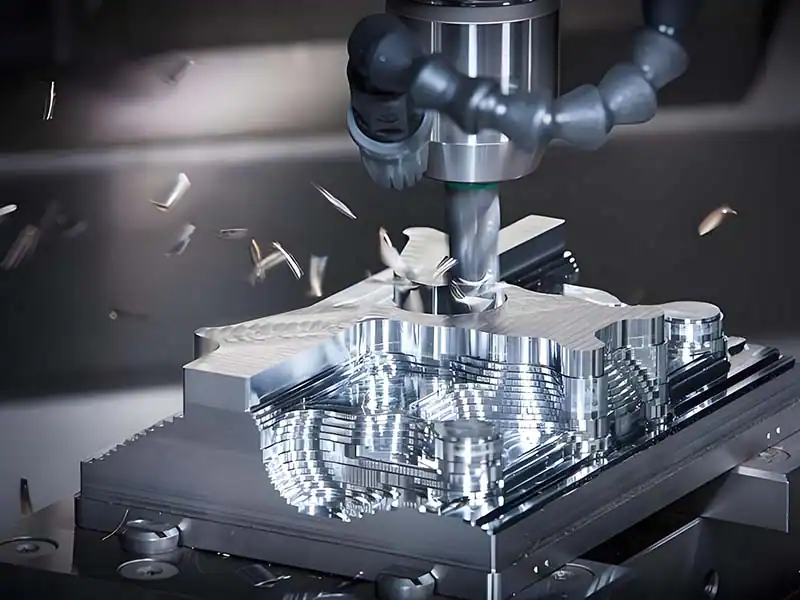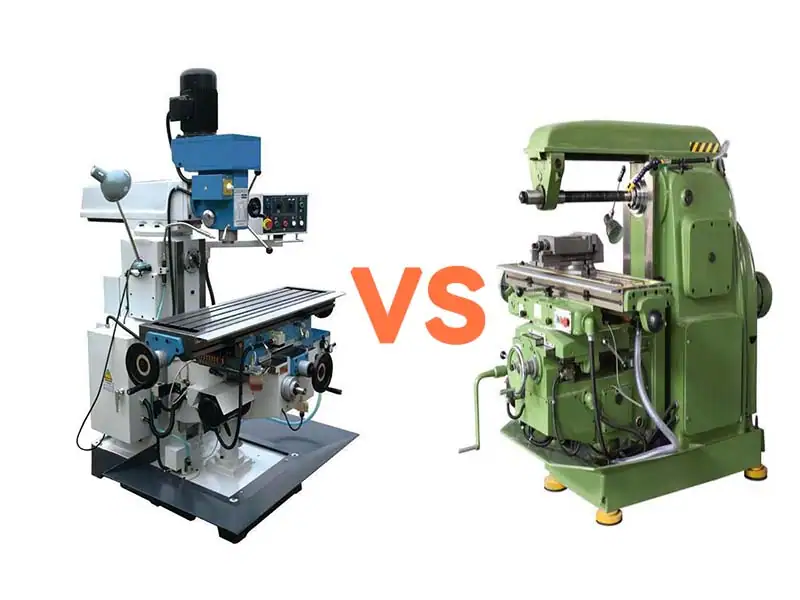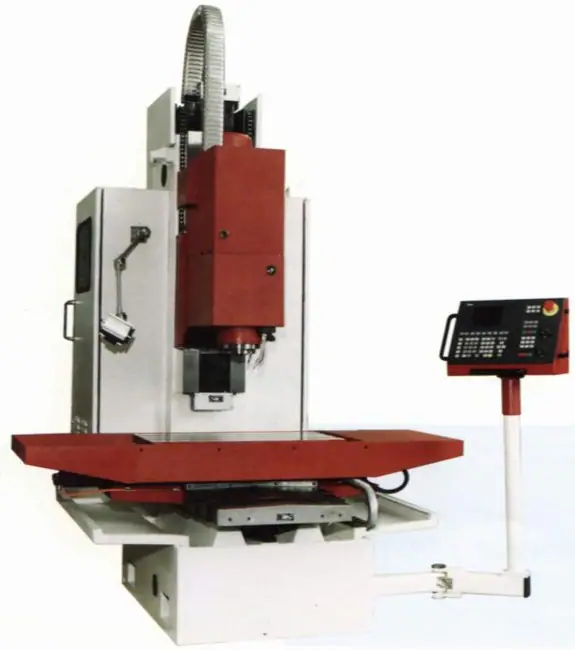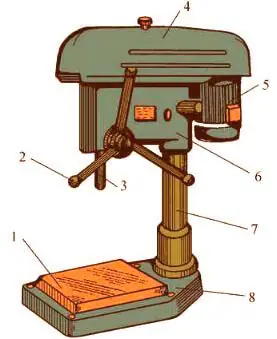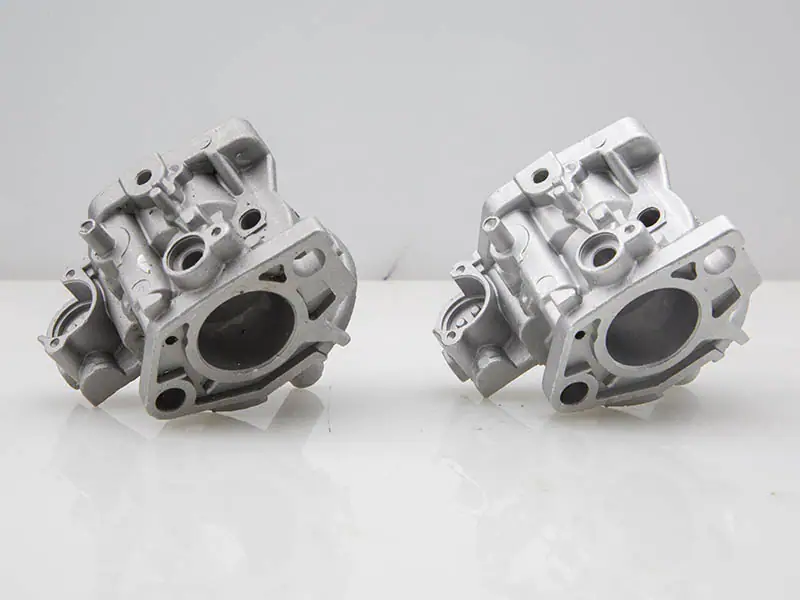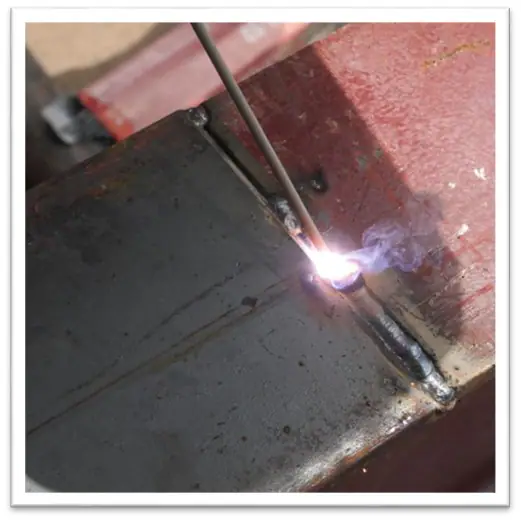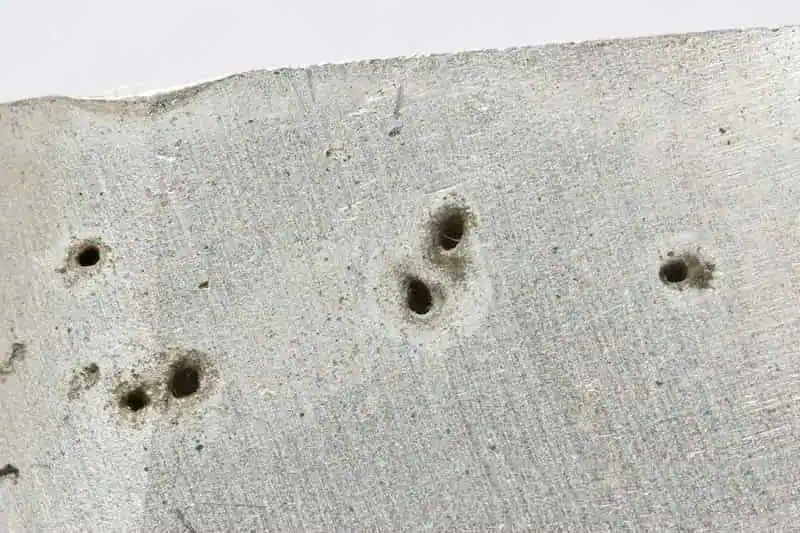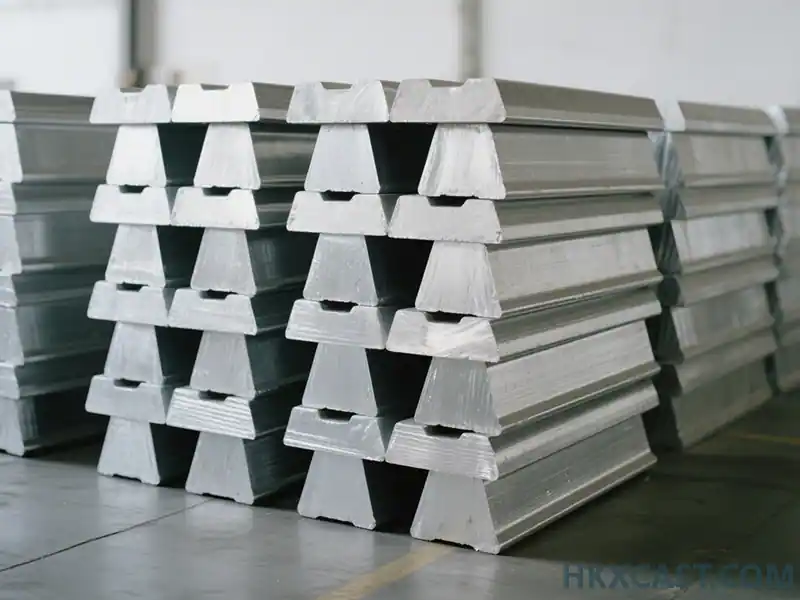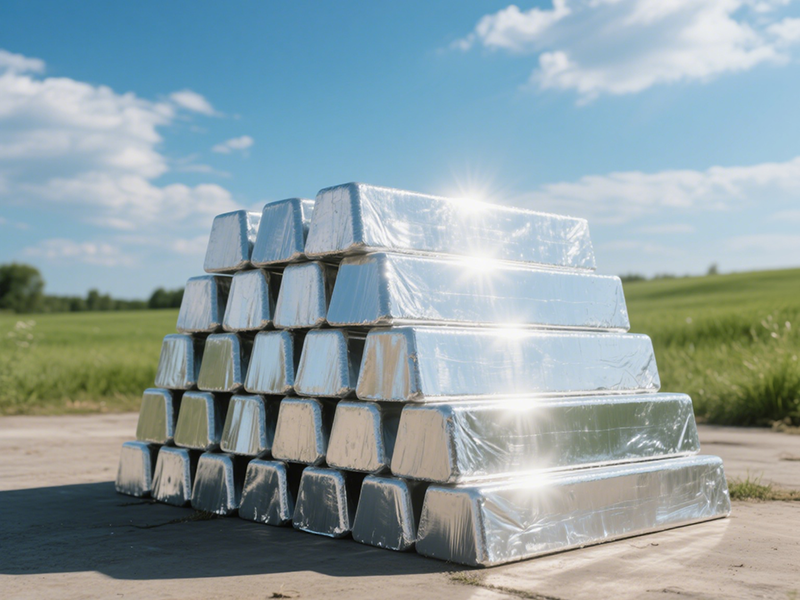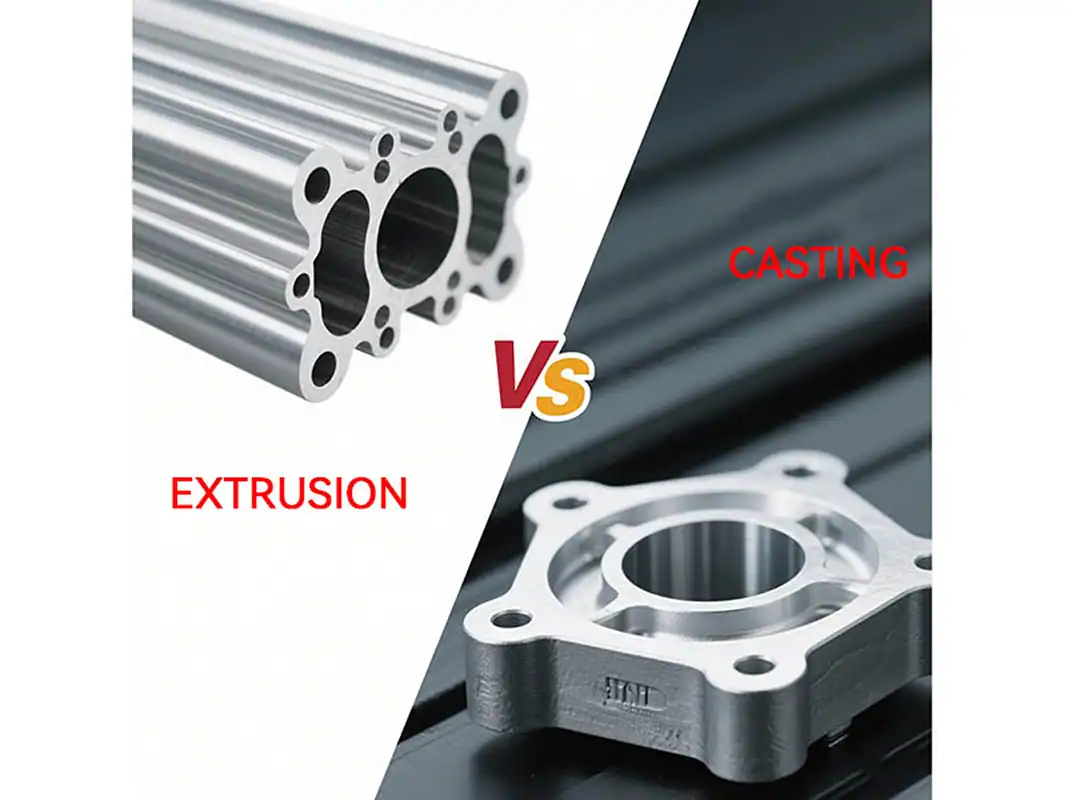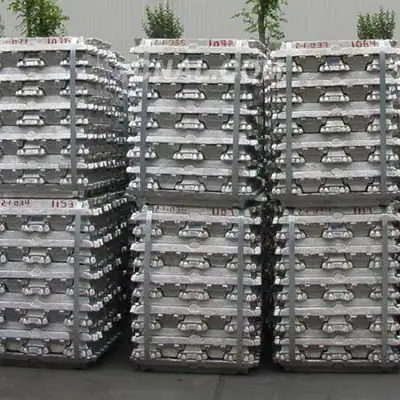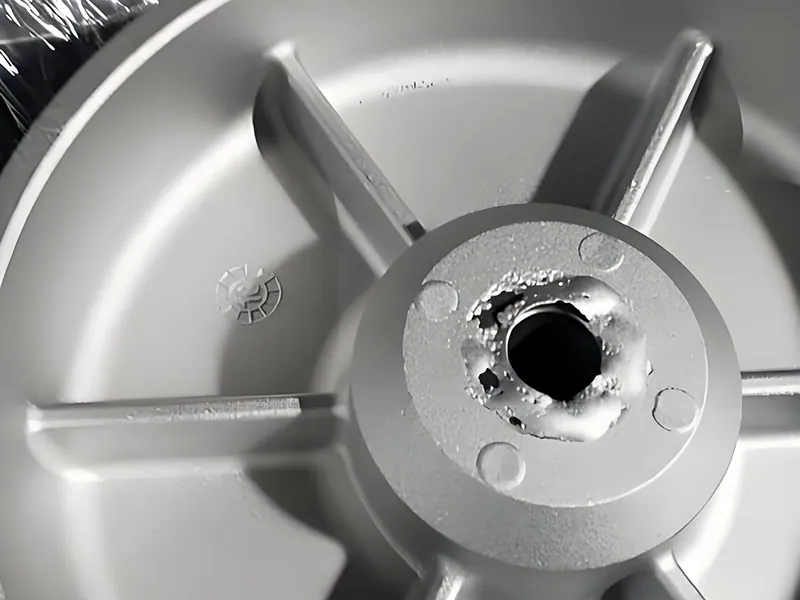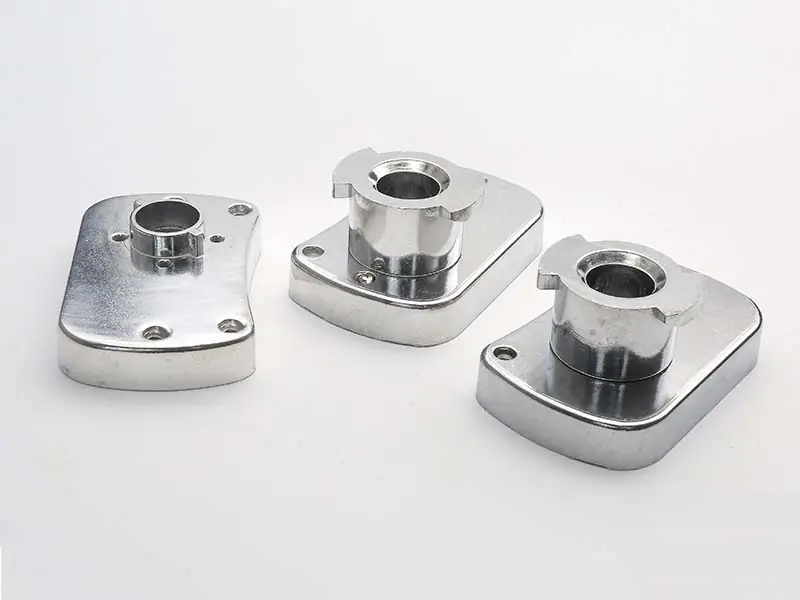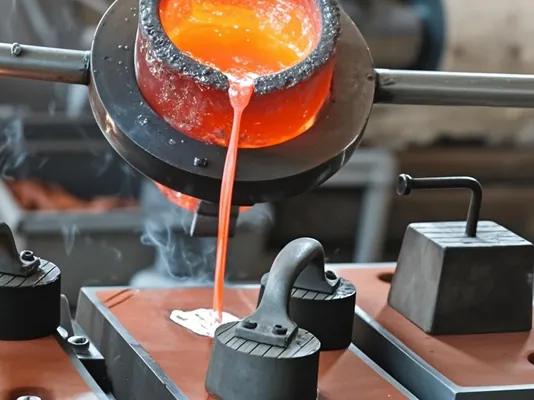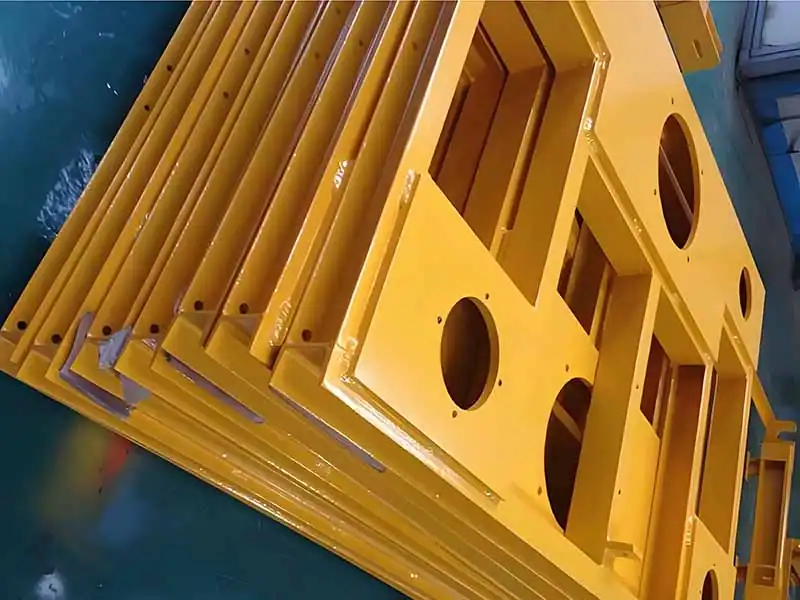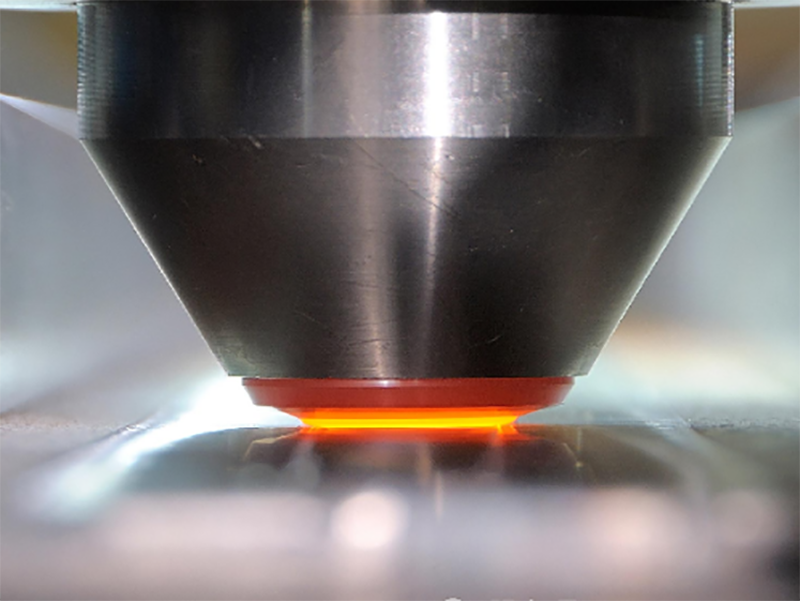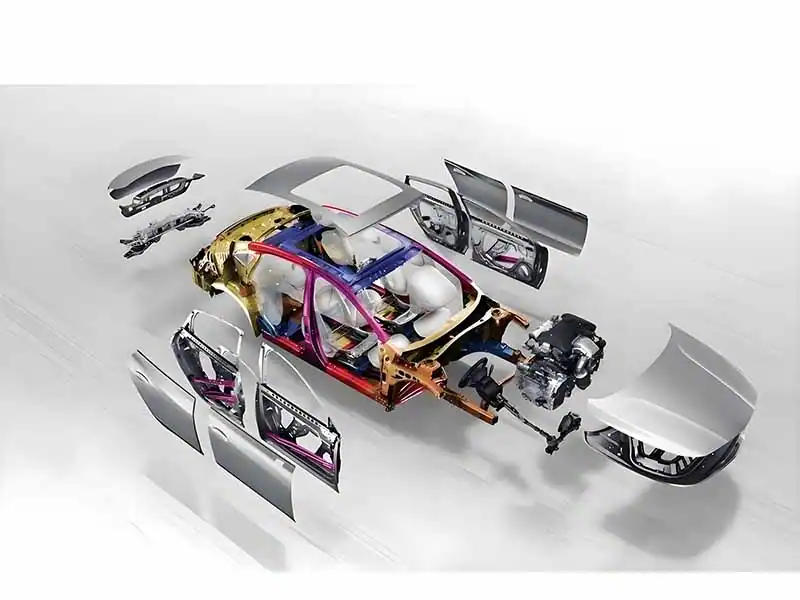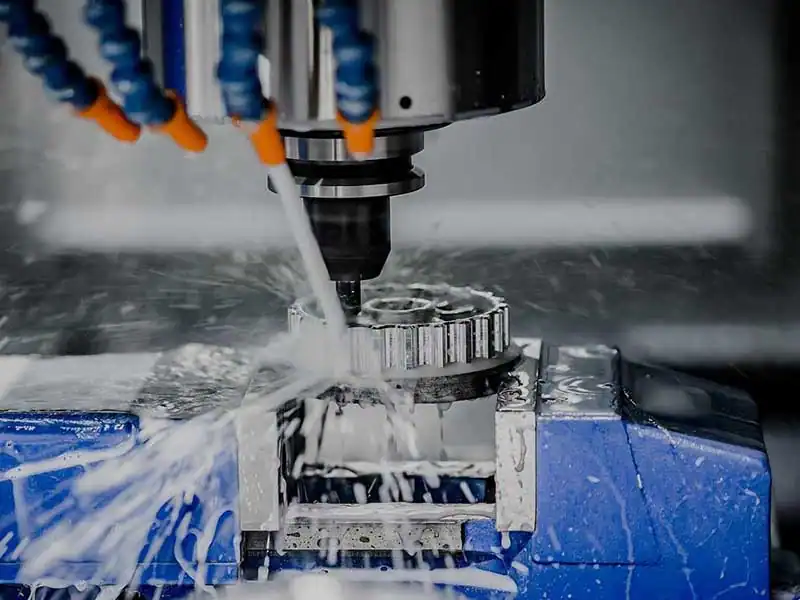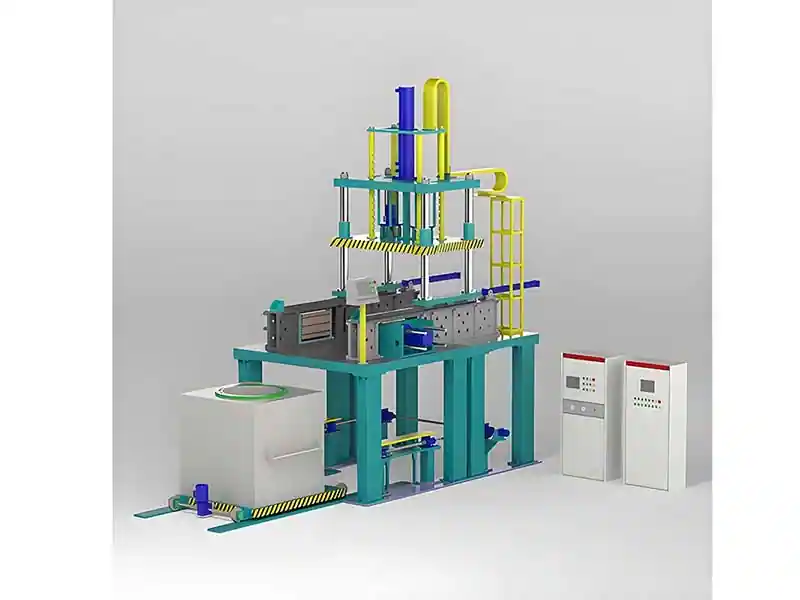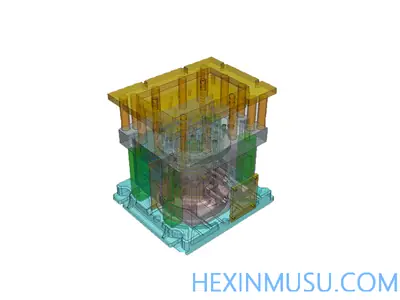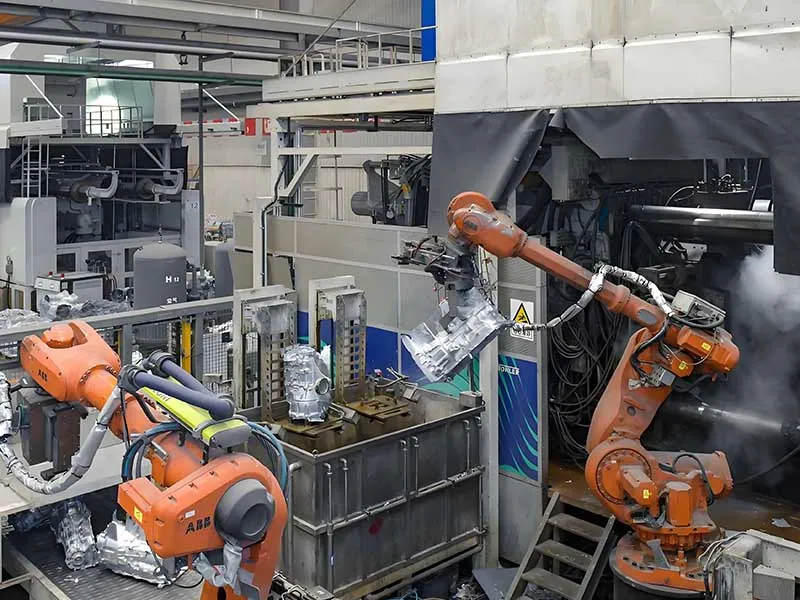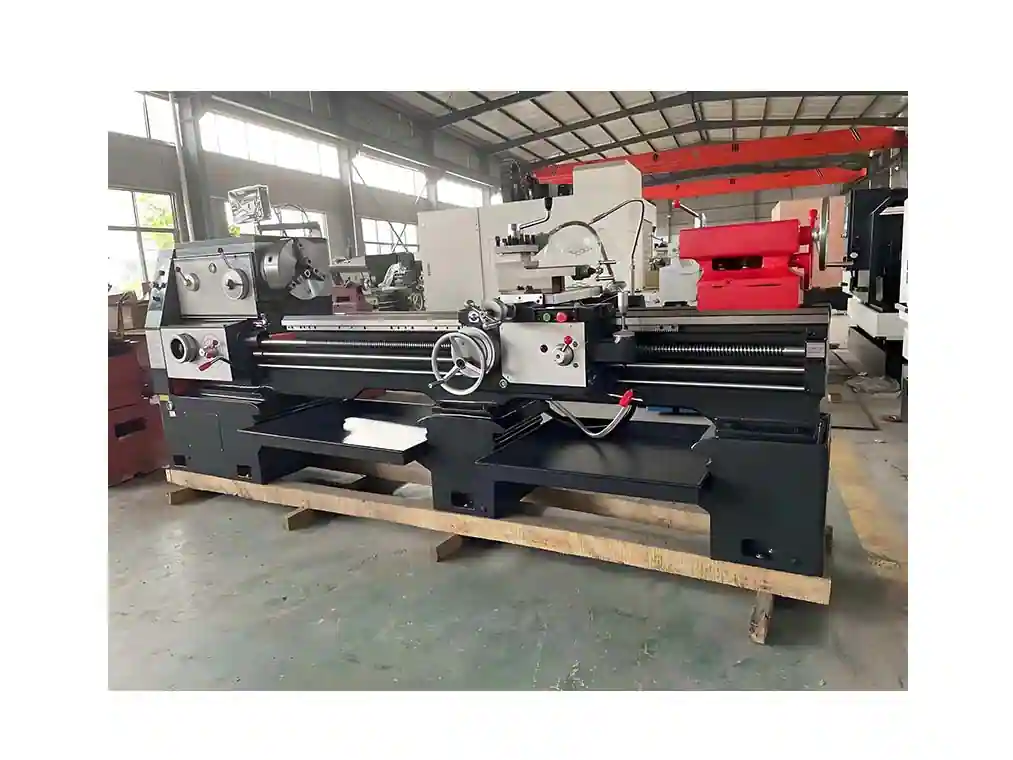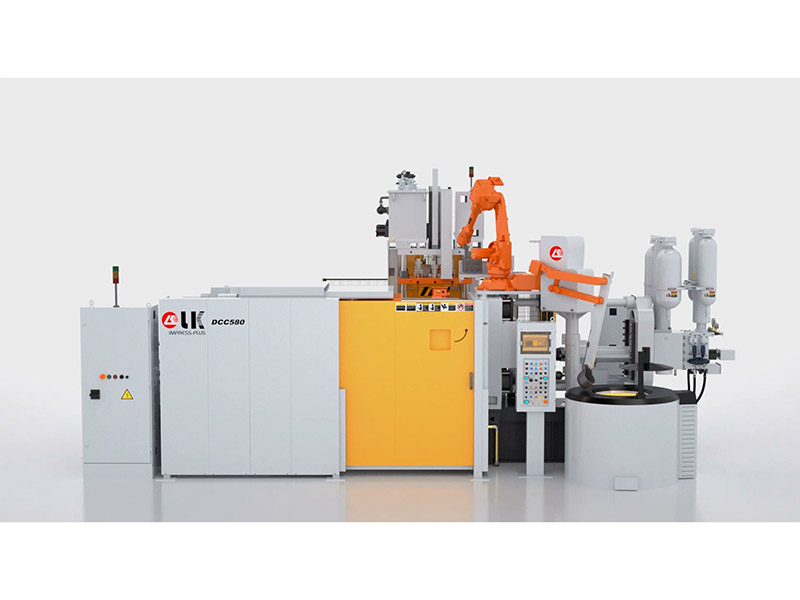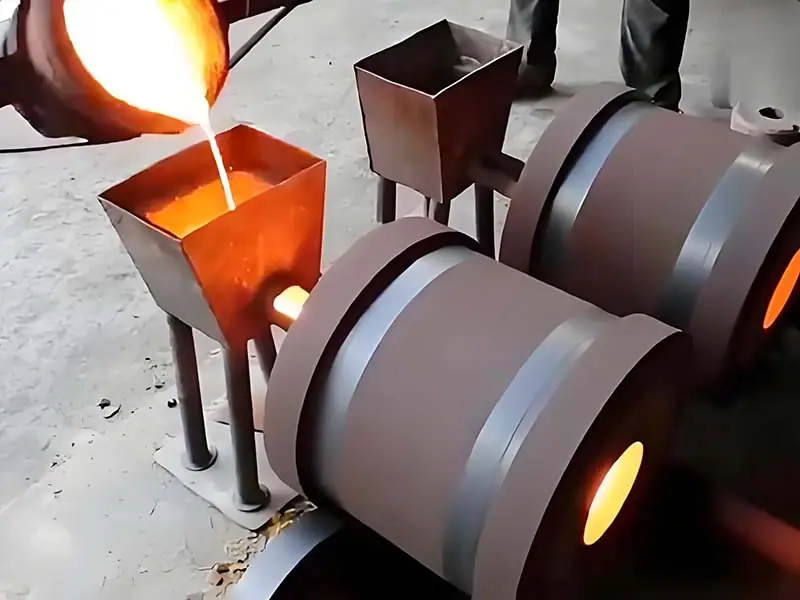Casting vs. machining: how to make the best choice?
In the world of manufacturing, casting and machining are two of the most basic and widely used part forming technologies. How do you make an informed choice between the two when faced with a specific part requirement? This is directly related to the quality, cost and lead time of the product. In this article, we will analyze the core principles of casting and machining, advantages and disadvantages, key differences and applicable scenarios, to help you make a precise decision. What is casting? Casting is a time-honored manufacturing process that centers on pouring molten metal (or alloy) into a pre-prepared cavity (mold). The metal cools in the mold, solidifies and eventually forms a solid part with the shape of the mold cavity. The resulting part is called a "casting". How does casting work? Aluminum Casting High Pressure Die Casting Production Casting Process ...


